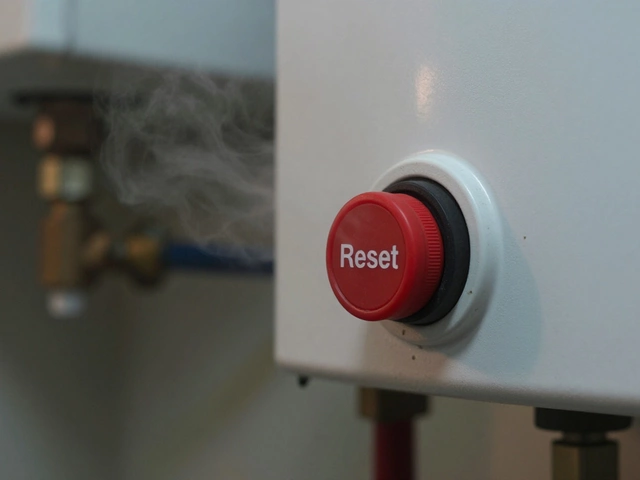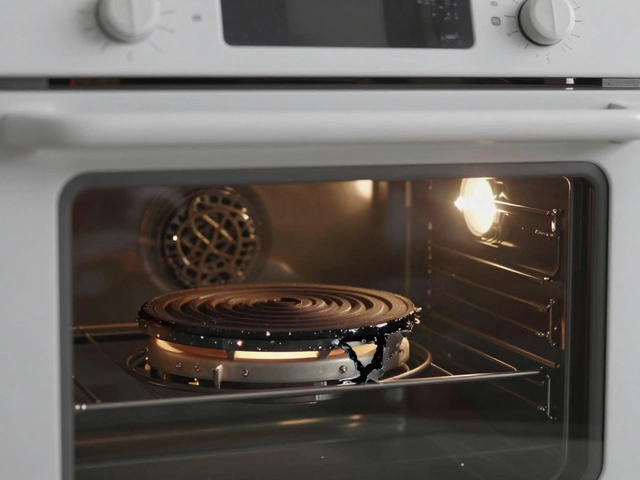Install Extractor Fan – What Every Homeowner Should Know
When working with install extractor fan, the process of fixing a ventilation unit above a stove or in a bathroom to remove smoke, steam, and odors. Also known as fan installation, it brings fresh air in and pushes foul air out, keeping your kitchen dry and safe. Extractor fan a powered device that pulls air through a duct to the outside is the core product, while kitchen ventilation the overall system that controls airflow in cooking areas defines the broader goal. Knowing UK building regulations legal standards that dictate how ventilation must be installed in residential properties and the importance of airflow (CFM) the volume of air moved per minute, measured in cubic feet helps you make the right choices.
Key Factors Before You Start
The first step is picking the right fan type. Ducted fans push air through a pipe to the outside, while recirculating fans filter and return air inside. Ducted models usually score higher on airflow and meet most building codes, but they need a clear path to an external wall. Next, size matters: a fan rated at 300 CFM works for a small hob, whereas a 600 CFM unit suits a large cooking zone. Noise rating (measured in sones) affects comfort—aim for 1.0 sone or less if you cook late at night. Finally, check if your home’s wiring can handle the fan’s power load; many units need a dedicated 13 A circuit.
Compliance with UK building regulations is not optional. Part F of the Building Regulations states that any kitchen with a cooking appliance must have a ventilation system capable of extracting at least 30 L/s (about 63 CFM). This rule drives the choice of fan size and duct length. If the duct run exceeds 3 m, you may need a fan with higher static pressure to overcome resistance. Ignoring these rules can lead to failed inspections, fines, or even unsafe conditions like lingering grease buildup.
Installation usually calls for basic carpentry and electrical work, but most homeowners benefit from a qualified electrician. The fan’s motor must be wired to a circuit protected by an RCD (Residual Current Device) for safety. Mounting the fan at the correct height—typically 650 mm above the cooktop—ensures optimal capture of steam and smoke. Seal the duct joints with foil tape, not cloth, to prevent air leaks, and insulate the duct if it runs through a cold space to avoid condensation.
Maintenance is the final piece of the puzzle. Clean the fan’s filter every month if it’s a recirculating model; a ducted fan’s external vent should be cleared of debris seasonally. Check the motor for unusual noises, which can signal worn bearings. A well‑maintained fan keeps its airflow rating steady, meaning you stay within the limits set by the building regulations for years to come.
Now that you understand the main players—fan types, airflow, regulations, and wiring—you're ready to dive into the specific guides below. Whether you need a step‑by‑step walkthrough, advice on choosing the right CFM rating, or tips on avoiding common installation pitfalls, the collection ahead has you covered.
Thinking of installing an extractor fan yourself? Get the real-world steps, tools, and tips for safe, proper bathroom or kitchen fan DIY.


